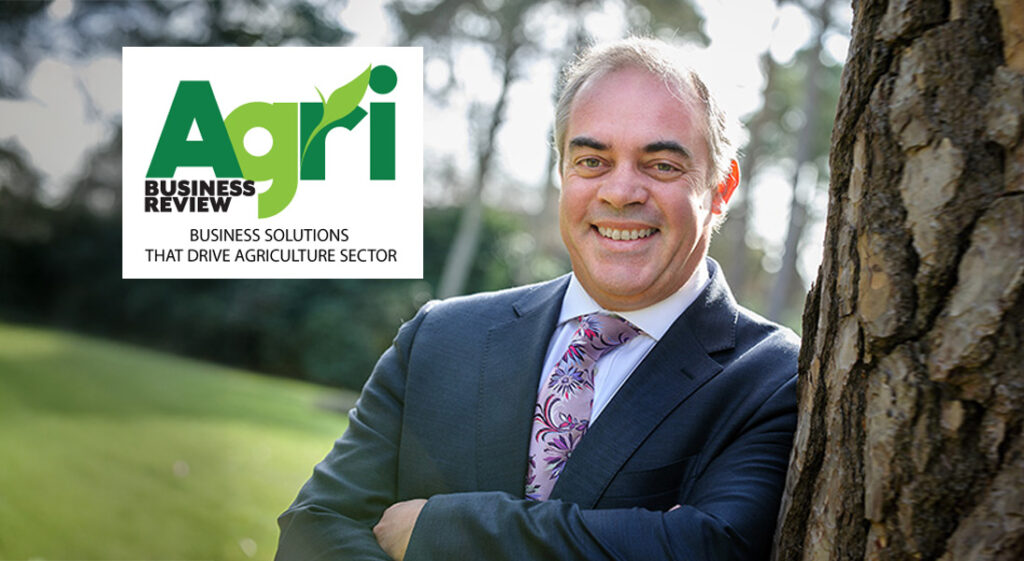Future proofing potato farming: adapting to climate change with biostimulants
Scientific research

Climate change is reshaping the way we grow food. For potato farmers, the stakes are high. Rising temperatures, shifting weather patterns and increased drought are putting yields and crop quality at risk. But amidst these challenges lies an opportunity: biostimulants.
These natural plant enhancers are proving to be a powerful ally for growers looking to build resilience into their farming systems. Let’s explore how biostimulants can help potatoes thrive under stress and secure the future of your harvest.
What are biostimulants?
Biostimulants are natural substances or microorganisms that support plant growth by enhancing nutrient uptake, improving stress tolerance and stimulating biological processes. Unlike traditional fertilisers, they do not add nutrients directly. Instead, they make the plant more efficient at using what is already in the soil.
Types of biostimulants include:
- Seaweed extracts
- Humic and fulvic acids
- Protein hydrolysates
- Microbial inoculants
- Plant-based compounds like flavonoids
Why potatoes need biostimulants now
A recent study published in Frontiers in Sustainable Food Systems tested Maxstim Agriculture+ (a biostimulant rich in plant flavonoids) on three different potato varieties. The findings were striking:
Photosynthetic boost – Treated plants had more chlorophyll and larger leaf areas, helping them photosynthesise more efficiently.
Bigger tubers – There was a 33% increase in tuber weight on average, with a shift towards larger, market-preferred sizes.
Higher returns – Field trials showed a consistent uplift in marketable yield, delivering an average profit increase of seven hundred pounds per hectare.
These results demonstrate that the right biostimulants can help mitigate climate stress and enhance both yield and quality, even under suboptimal growing conditions.
Building a climate resilient potato strategy
Biostimulants are not a silver bullet. They work best when integrated into a wider crop management plan.
To make the most of them, growers should:
- Choose proven products: Select biostimulants that are supported by scientific research and field data, especially those developed specifically for potatoes.
- Apply at key growth stages: Timing matters. Biostimulants are most effective during periods of high stress, such as tuber initiation or early drought.
- Combine with sustainable practices: Use alongside soil health strategies, precision irrigation and balanced nutrition to maximise performance.
The road ahead
As climate pressure mounts, farmers will need to adopt smarter, more adaptable tools. Biostimulants represent one of the most promising technologies for protecting crop performance in a warming world. They are not just a short-term fix but a cornerstone of climate-smart agriculture.
At Maxstim, we are committed to supporting growers with cutting edge solutions backed by real science. Call us to discuss how Maxstim biostimulants could benefit your potato crop.
Tim Cannon
Email: tim.cannon@maxstim.com
Mobile: 07884 586191
Phil Kingsmill
Email: phil.kingsmill@maxstim.com
Mobile: 07860 269996
Leanne Coleman
Email: leanne.coleman@maxstim.com
Mobile: 07552 097554
Tony Kelly
Email: tony.kelly@maxstim.com
Mobile: 07974 435417

